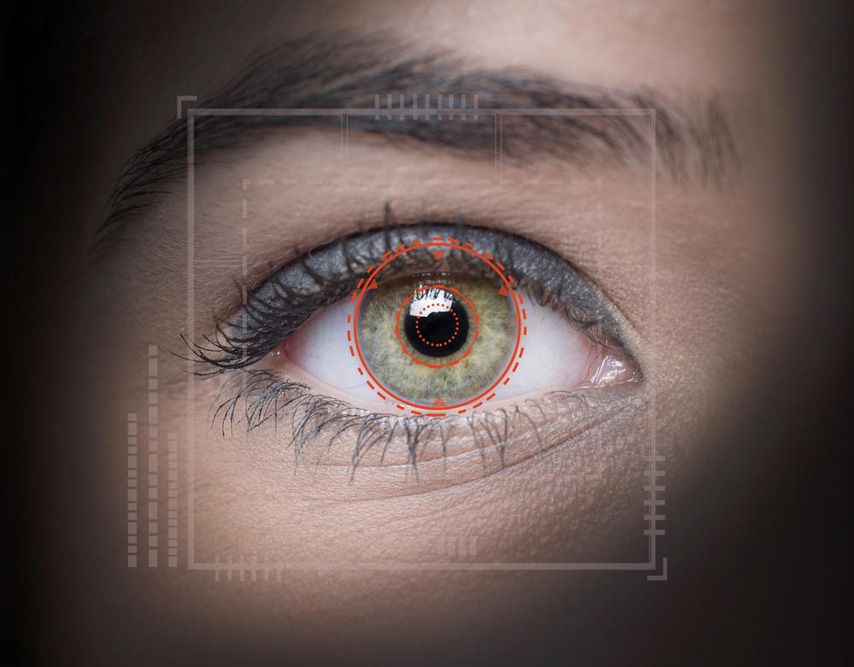The Human Retina: An In-Depth Look at Its Structure and Function
Explore the intricate structure and vital function of the human retina in our detailed guide. Learn how this multi-layered tissue captures light, converts it into signals, and enables clear vision. Discover the roles of rods and cones, the importance of the macula, and how retinal health impacts vision. This comprehensive overview provides insight into common retinal diseases and advancements in diagnosis and treatment, emphasizing the importance of understanding eye health for maintaining visual clarity and preventing vision loss.

Understanding the Function of the Human Retina
The human retina is a remarkably sophisticated and vital component of the visual system, playing an essential role in how we perceive the world around us. It is a thin, delicate layer located at the back of the eye, responsible for transforming light that enters through the cornea and lens into electrical signals that are interpreted by the brain—ultimately enabling vision. The efficiency and complexity of the retina make it one of the most critical structures in ocular health and visual perception.
At its core, the retina operates much like the sensor in a digital camera or a smartphone, capturing incoming light and converting it into neural impulses. These impulses are then relayed via the optic nerve to the visual cortex in the brain, where they are processed into meaningful images. Understanding this process offers insight into how we see and appreciate our environment, as well as how visual impairments can occur.
The anatomy of the eye supporting this process is equally fascinating. The eye’s curved surface begins with the cornea, which helps focus incoming light. Light then passes through the pupil, whose size is regulated by the iris to control the amount of light reaching the retina. The crystalline lens fine-tunes focus, directing light onto the retina with remarkable precision. But it’s the retina itself that carries the crucial task of image processing.
The retina contains millions of specialized nerve cells called photoreceptors—namely rods and cones—that are sensitive to different types of light and color. These photoreceptors are organized across multiple layers, forming a complex neural network that not only detects light but also enhances visual acuity, contrast, and color discrimination. The central part of the retina, known as the macula, contains a specialized region called the fovea—the point of sharpest vision and detailed color perception.
Beyond just capturing light, the retina's layered structure enables the processing of complex visual information. It has ganglion cells, bipolar cells, and layers of light-sensitive rods and cones, all working in concert to produce a detailed and accurate visual representation. The outermost layer, pigmented epithelium, plays a supportive role, ensuring the health and function of the photoreceptors.
The process of visual signal transmission begins as light hits the rods and cones. The electrical signals generated are then transmitted through bipolar cells to ganglion cells, which form the optic nerve. This nerve bundle exits the eye at a region called the optic disc, commonly referred to as the blind spot because it lacks photoreceptors. Despite this, our brain seamlessly fills in this gap, allowing us to perceive a continuous visual field.
The size, distribution, and function of rods and cones are pivotal for different aspects of vision. Rods are highly sensitive to dim light and are primarily responsible for night vision, but do not detect color. Conversely, cones require brighter light and enable us to see a full spectrum of colors, along with fine detail. The central macula, particularly the fovea, contains a dense concentration of cones, providing sharp, detailed color vision essential for activities like reading and recognizing faces.
Understanding the structure and function of the retina is vital not only for appreciating how vision works but also for recognizing common retinal diseases such as age-related macular degeneration, diabetic retinopathy, and retinal detachment. These conditions can impair visual clarity and lead to partial or complete vision loss if untreated. Advances in medical science continually improve diagnostic methods and treatments to preserve and restore retinal health.
In conclusion, the human retina is a marvel of biological engineering—a layered, highly sensitive, and complex tissue enabling us to perceive the vibrant world around us. Its intricate design ensures that light signals are effectively captured, processed, and sent to the brain, forming the foundation of our visual experience. Ongoing research and technological innovations hold promise for better understanding, diagnosing, and treating retinal disorders, safeguarding one of our most precious senses.





